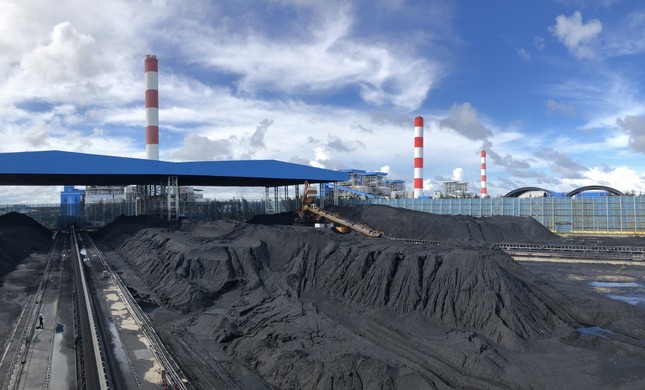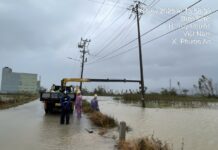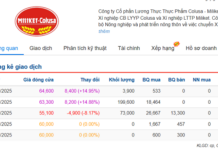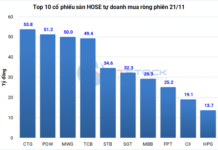According to the Electricity Regulatory Authority, the average daily electricity consumption nationwide in the past week reached 818.9 million kWh, an increase of about 13.2 million kWh compared to the previous week. From the beginning of the year until now, electricity consumption nationwide has increased by about 10.7% compared to the same period in 2023. In particular, the Northern region has increased by 9.9%, the Southern region by 12.7%, and the Central region by 8.3%.
In order to ensure electricity supply during the hot season of 2024, the National Electricity System Dispatch Center (A0) has implemented flexible operation and water saving measures for hydroelectric reservoirs. Specifically, there has been a thorough water-saving approach for hydroelectric reservoirs, especially those with low water levels.

The Ministry of Industry and Trade has requested to ensure sufficient coal supply for electricity production.
According to the Electricity Regulatory Authority, since the beginning of March until now, the water situation for hydroelectric reservoirs has not improved. Most hydroelectric reservoirs in the Northern region have low water levels, reaching only about 24-91% of the average for many years. Only Thac Ba reservoir has a water level that is 111% higher than the long-term average.
The Electricity Regulatory Authority also stated that it is facing difficulties in operating renewable energy sources with a capacity of up to 21,000 MW. Specifically, with a forecast error of about 20% for renewable energy, the generation capacity of renewable energy sources can change up to 5,110 MW, equivalent to 60% of the installed capacity of small hydroelectric plants. It will increase further as the load or installed capacity of renewable energy sources increases in the system.
Statistics from the Electricity Regulatory Authority show that the average daily production of coal-fired power plants in the week reached about 509.8 million kWh, which is 10.3 million kWh higher than the plan for March. Currently, A0 has mobilized all available coal-fired power plant units on the system. There are no idle units due to coal shortages.
In addition to high mobilization of coal-fired power plants, gas-fired power plants have also been mobilized at a high level. The average daily production of gas-fired power plants reached 80.5 million kWh, which is 13.4 million kWh higher than the plan for March. Renewable energy power plants also participated in operation with a production output of about 118.3 million kWh, which is 7.5 million kWh higher than the plan. Among these, wind power accounted for 36.5 million kWh, which is 7.2 million kWh higher than the plan.
“In the context of the power system facing many difficulties, in order to soon put new power plants into operation to meet the system’s demand, A0 has scheduled and prioritized the mobilization of a part of (units, wind turbines, solar lines, wind power or the entire power plants that are undergoing testing before being officially recognized for commercial operation) to complete the procedures for putting them into operation to meet the system’s demand,” said the Electricity Regulatory Authority.
The Ministry of Industry and Trade said it will continue to strengthen inspection and monitoring of power plants, especially coal-fired power plants in the Northern region, to ensure the availability and reliability of units, and to avoid power shortages during the peak months of the dry season.
According to Vietnam Electricity Group, up to now, 62 projects with a total capacity of 3,399.41 MW have been submitted to the Ministry of Industry and Trade for temporary electricity pricing approval and have been approved with a 50% electricity tariff. Among them, 62 projects have signed Power Purchase Agreements (PPA). 9 projects with a capacity of 397.4 MW are undergoing testing. 34 projects with a capacity of 1,914.1 MW have completed testing and certification; 24 projects have been put into operation with a total capacity of 1,307.6 MW.



































